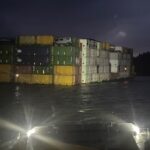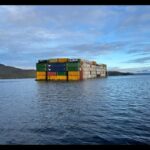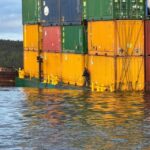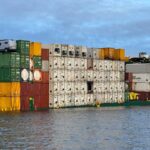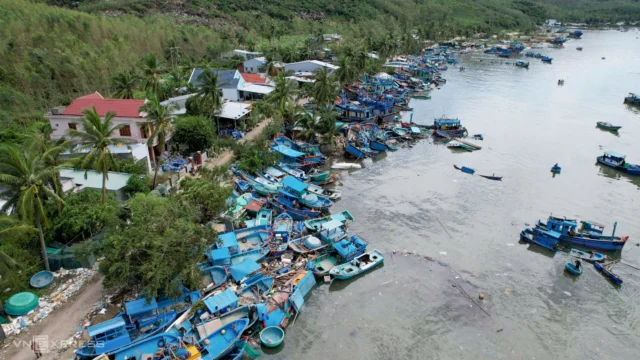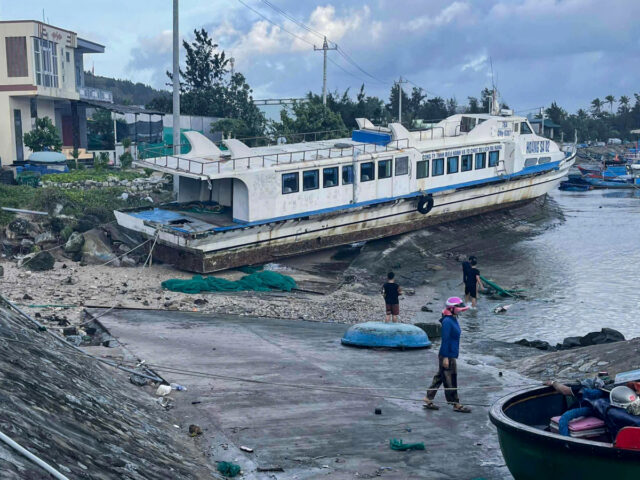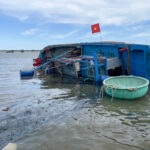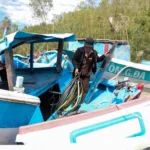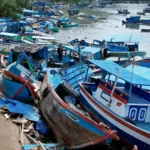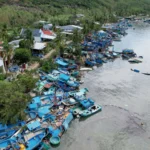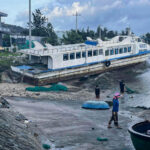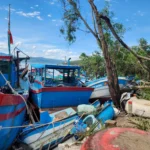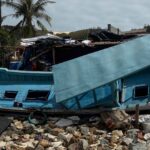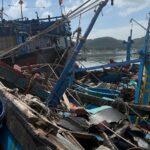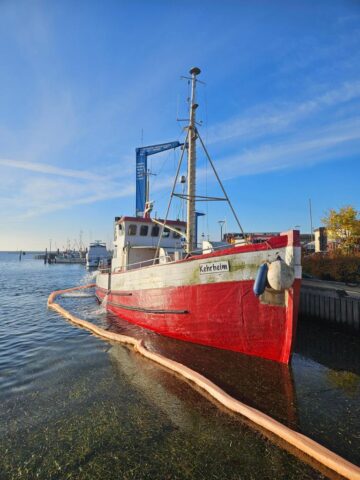Grounding off Bella Bella
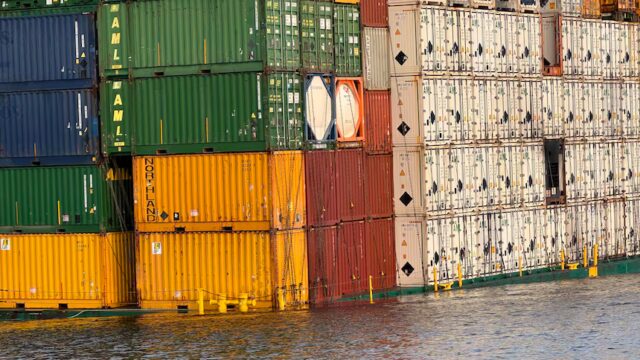
On the morning of November 18, a barge being towed by the 31 meter long, 330 gt tugboat Malolo (IMO: 7614082) sustained damage in the Fisher Channel approximately 15 kilometers east of Bella Bella, British Columbia, Canada. The vessels were en route from Alaska bound for Seattle, Washington when the barge hull was holed. Divers were called out and found that part of the barge hull had been compromised and suffered water ingress, but was in stable condition and in no risk of sinking.
The Canadian Coast Guard was alerted and had the vessels moved to a nearby anchorage. Booms were deployed around the barge as a precautionary measured. Reports state another barge has been dispatched to help lightered the cargo.
Authorities have suggested the barge may have struck bottom on its voyage as why the hull was damaged. No reports of injuries or pollution released.
